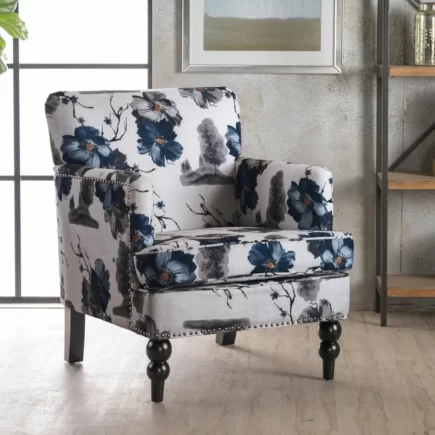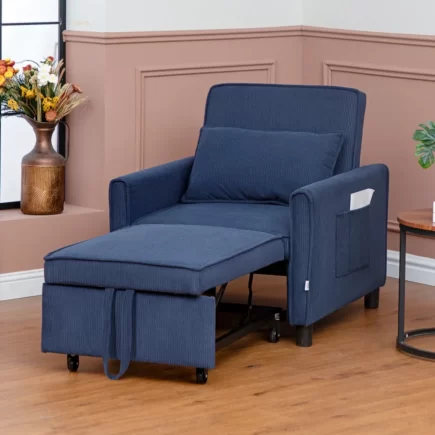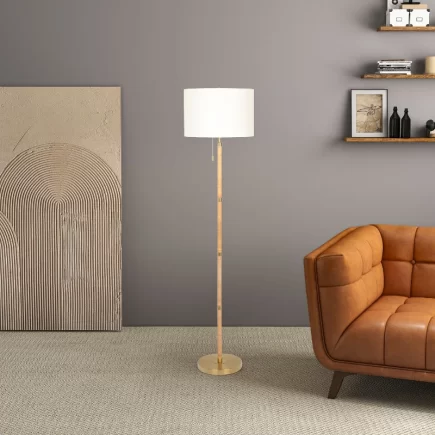Dining chairs are the heart of your home’s gathering space. Over time, even the best-loved seats can show signs of wear stains, tears, flattened cushions. Replacing a full set of dining chairs can get expensive fast, but there’s a satisfying, affordable alternative: reupholstering. Whether you want to refresh a dated look, personalize a thrift store find, or preserve a sentimental piece, reupholstering your dining chairs offers a hands-on way to update your space.

This expert guide will walk you through the full DIY process from removing the old fabric to attaching brand-new upholstery. Whether you’re tackling one chair or an entire dining set, these simple steps will help you achieve professional-looking results without breaking the bank.
Step1: Tools and Materials You’ll Need
Before you begin, gather all the necessary tools and materials to streamline the project. Here’s a helpful reference table:
| Tool / Material | Purpose |
| Screwdriver or drill | To remove and reattach the chair seat |
| Staple remover or pliers | To pull out old staples |
| Scissors or utility knife | Cutting old and new fabric |
| Staple gun | To secure fabric and batting |
| Foam padding | Provides structure and comfort |
| Batting | Smooths out foam edges |
| Upholstery fabric | Main visual layer |
| Dust cover fabric | Finishes the bottom side |
| Spray adhesive (optional) | Holds foam in place on base |
| Measuring tape | Ensures accurate cutting |
Helpful Tip: Buy extra staples and fabric to account for trial and error, especially if it’s your first time.
Step 2: How to Choose the Right Upholstery Fabric
If you’re changing the fabric on a reupholstered chair, your choice of material will directly affect how it looks, feels, and holds up over time.
Here are some different types of upholstery fabric for dining room chair:
1. Cotton blends:
- Soft, breathable, and budget-friendly
- Comfortable and widely available
- Prone to staining unless treated with fabric protector
2. Polyester:
- Highly durable and low maintenance
- Resists fading and wear in busy homes
- May have a slightly synthetic feel
3. Linen:
- Elegant, natural texture ideal for formal spaces
- Offers a timeless, upscale aesthetic
- Wrinkles easily and often needs dry cleaning
Step 3: Remove the Chair Seat from the Frame
Turn the chair upside down and locate the screws that attach the seat base. Use a screwdriver or power drill to remove them.Place the screws in a labeled container. Set the frame aside in a safe spot.

Step 4: Strip Away the Old Fabric and Staples
Use a staple remover, flat-head screwdriver, or pliers to pull out the staples around the fabric edge. It’s a slow process. Be patient.
Strip Away the Old Staples

- Use a staple remover, screwdriver, or pliers to slowly extract all staples securing the old fabric to the seat base.
- Take your time during this step to avoid splintering the wood or tearing the padding beneath.
Remove the Old Fabric and Padding
- Gently peel off the upholstery fabric and remove the dust cover, if present, while preserving the fabric shape for cutting reference.
- If the padding underneath is worn out or uneven, remove it fully to make room for fresh foam and batting.
Step 5: Inspect and Repair or Replace the Seat Base
Most seat bases are plywood or particle board. Check for cracks or rot.
- Solid Base: Proceed to next step.
- Damaged Base: Use the old seat as a template to trace and cut new plywood (use a jigsaw).
Tip: Sand sharp edges for safer, cleaner results.
Step 6: Add or Replace Foam Padding
Cut foam to match the size of the seat base using scissors or a serrated knife. For best comfort, choose foam that’s 1″ to 2″ thick.
Steps for Placing Foam Pad on the Seat Base:
- Spray adhesive on the seat base.
- Press foam into place.
- Let dry for 10–15 minutes.
Tip: Stack thinner foam layers for extra softness or contour.
Step 7: Align and Cut the New Upholstery Fabric
Place your fabric face-down. Center the seat (batting side down) over it.
- Use old fabric as a template or measure 3-4 inches past seat edges.
- Cut the fabric accordingly.
If using patterned fabric:
- Center the motif visually before cutting.
- Use chalk to mark straight lines.

Step 8: Staple the Fabric to the Seat Base
This step sets the look of your chair. Work slowly and methodically.
- Start by stapling the center of each side.
- Work from center toward corners, pulling fabric tight.
- For corners, fold fabric into neat pleats or gathers and staple.
- Trim excess fabric 1 inch from staples.
Tip: Check the front of the seat as you go to ensure smooth, wrinkle-free results.
Optional: Add Decorative Trim for a Polished Look
Want to hide staples or add flair?
- Use nailhead trim, double-welt cord, or braided ribbon.
- Attach using a tack hammer or hot glue (for cording).
Trim Style Table:
| Trim Type | Application Method | Visual Impact |
| Nailhead studs | Hammered into frame | Traditional or bold accent |
| Double-welt cord | Glued along fabric edge | Seamless, tailored look |
| Braided cord | Glued over staples | Rustic, decorative finish |
Step 9: Reattach the Seat to the Chair Frame
- Position the seat over the chair base in its correct orientation.
- Align the screw holes on the seat with those on the chair frame.
- If the fabric is covering any screw holes, carefully make a small slit at the top corner using a knife to expose them.
- Insert the saved screws into the aligned holes.
- Tighten the screws securely, being careful not to overtighten or strip them.
Tip: Place the chair on a flat surface and test for wobble. Adjust screws as needed.

Maintaining Your Reupholstered Chair
Once your chair is refreshed, regular maintenance is the key to keeping it looking its best for years to come. Spot-clean any spills promptly using cleaners that are safe for your specific fabric type.
To prevent uneven wear, rotate the chair positions at your dining table once a month. Additionally, applying a fabric protector every six months will help your upholstery resist moisture, stains, and general wear, making your refreshed chair not only stylish but long-lasting.
Reupholstering Dining Chairs is a beginner-friendly project that lets you express your style, refresh your space, and save money. Whether you’re reviving a vintage piece or updating your current seating, your dining area will feel brand new.
FAQs
1. Do I need sewing skills to reupholster dining chairs?
No sewing is required for standard dining chair reupholstery where only the seat is covered. A staple gun handles all the attachment work. For more complex chairs (with piped edges or tufting), light sewing may be helpful but is not essential for basic projects.
2. What’s the difference between batting and foam? Do I need both?
Foam provides structure and cushioning, while batting softens the edges and smooths the shape for a more professional finish. For best results, use both especially if you’re going for a plush or rounded seat profile.
3. Can I use fabric glue instead of a staple gun?
Fabric glue isn’t recommended for structural reupholstery. While it might work for minor repairs or trim application, it doesn’t provide the secure, long-lasting hold needed to keep fabric taut on a seat base.





























